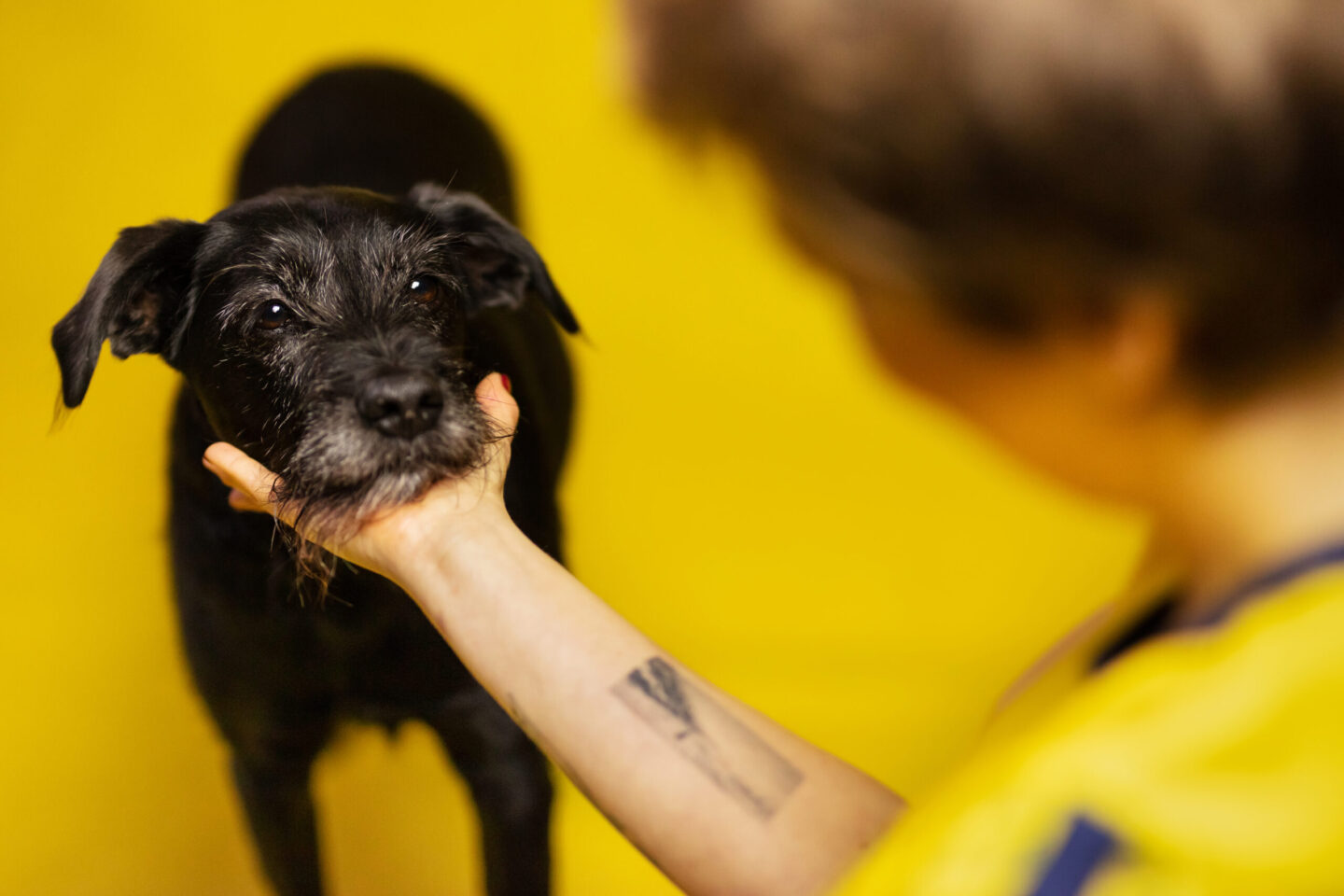Teaching animals is a skill that combines science and practical techniques, and in this course, you will embark on a step-by-step journey to master the foundations of training. No prior experience is required – this course is designed for anyone eager to learn more about effective animal training.
Too often, trainers find themselves in the dual role of teacher and learner simultaneously, lacking the opportunity to develop their mechanics, clicker skills, and delivery patterns before working with their animal learners. This course aims to bridge that gap by providing you with a comprehensive compendium of knowledge and practice in animal training.
The course is built upon the principles of Applied Behavior Analysis (ABA) and how they align with our interactions with animals. You will delve into the mechanics and techniques of teaching behaviors, equipping you with the essential skills needed for successful training.
Who would benefit from taking this course?
Whether you’re a beginner or an advanced student, this course offers valuable insights and discussions that will help you become a thoughtful and proficient trainer. Get ready for engaging practical exercises, in-depth exploration of the animal training world, and lively discussions with fellow learners.
This course is a must-have for anyone passionate about scientific dog training and eager to become the handler their dog truly deserves. Join us for six weeks of immersive learning and transform your training approach. In addition, you can work with multiple animals throughout the course, with weekly opportunities for video submission (up to twelve minutes per week). We welcome all species, making this course a truly multispecies-friendly experience.
What will you learn from this course?
Over the span of six weeks, you will cover a wide range of topics, including:
- clicker training mechanics,
- essential skills for trainers,
- errorless learning,
- behavior chains,
- adding stimulus control,
- luring,
- shaping,
- structuring training sessions,
- achieving fluency,
- managing frustration and errors,
- raising criteria,
- molding behaviors,
- embracing loopy training concepts,
- and planning effective training sessions.
This course is a must-have for anyone passionate about scientific dog training and eager to become the handler their dog truly deserves. Join us for six weeks of immersive learning and transform your training approach. In addition, you can work with multiple animals throughout the course. We welcome all species, making this course a truly multispecies-friendly experience.
Are you ready to embark on an exciting journey of discovery and skill-building in the realm of animal training? Enroll now and unlock the potential for meaningful connections and impressive progress with your animal companions.
Course Testimonials
This is one of the best course I’ve ever attended. It gives you an insight into all the amazing tools a trainer has to teach with passion and quality. What I love the most is the presence of videos that explain what it’s written inside the lesson, they really make everything clear! I found some teaching methods that were not in “my toolbox” and I thought that maybe they were not suitable for me and my dog… I was wrong. I just had to go out of my comfort zone and follow Agnieszka’s guidelines! Agnieszka is an amazing trainer, what a pleasure to watch her videos!! She is really supportive, she helps you but, at the same time, she gives you the chance to develop your potentials. She is a real pro, I love the fact that she incorporates science in her lessons, it is indicative of her professionalism. Having said that, let me tell you the only problem you have to face… you can get addicted to this course!! :)))
June 30, 2023
10/10 This is the best dog training course that Ive ever attended to. Everything that I learned here is based on the scientific evidences and highly ethical. The feedback was always very good and really helpful, so I definitely recommend buying the premium access.
I can’t wait for next courses with Agnieszka and the team.
June 30, 2023
Trainers toolbox
I would change the name of the course “Handler’s must have toolbox” 😀
This course is soo much packed with knowledge content as well as practical homework tasks that I really feel I improved my practical and theoretical understanding of Teaching, learning, methods and how to apply them into practise. I am super interested in dogs training methodics and science behind it and Agnieszka have a great gift for explaining it. Every lecture was very interesting, nice to read and easy to “digest”. What was super important for me- theory met the practise. There was lots of movies when Agnieszka presented exercises, methods, so I could see how things works.
As a premium student I had the pleasure to work directly with Agnieszka on homework tasks as well as tasks not covered directly in homework- as always course was very much individualised and adjusted to our needs. I must say this course was not easy- required lots of effort from me- many things I needed to practise before without Fredzio…and another gain was that I understood the value of my-trainer skills and mechanics.
Writing from my perspective and previous tromplo courses, this one was perfect continuation of “attencion please”.
I truly recommand both!
June 30, 2023

